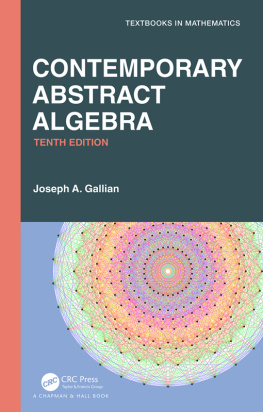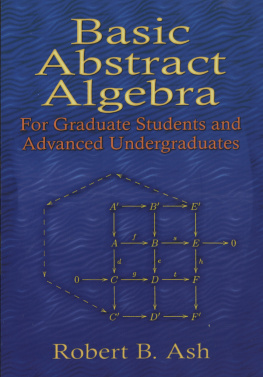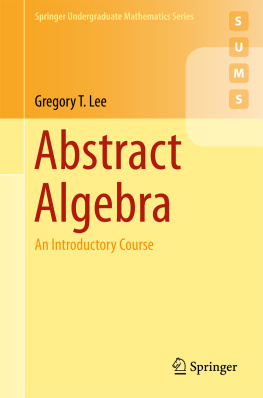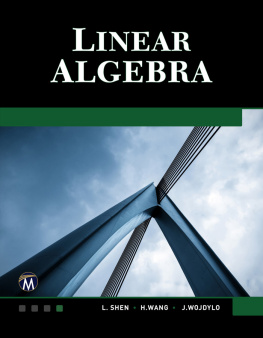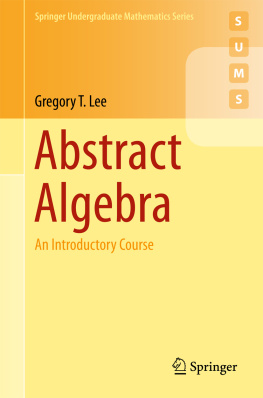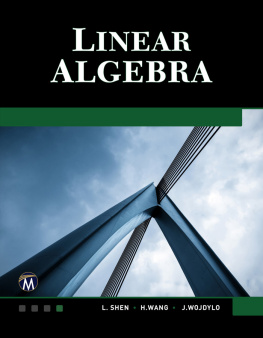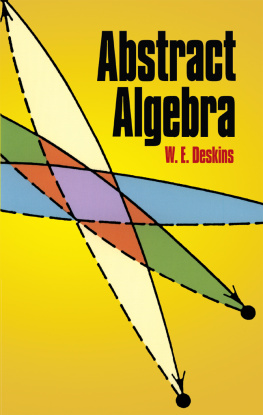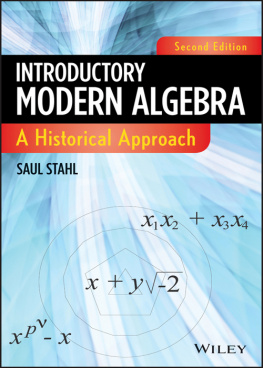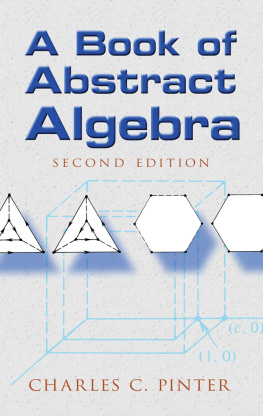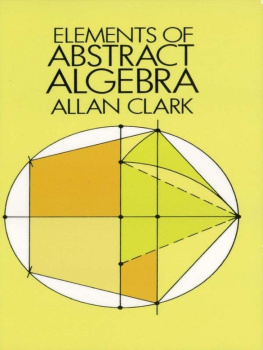Copyright 2012 by John Wiley & Sons, Inc. All rights reserved.
Published by John Wiley & Sons, Inc., Hoboken, New Jersey.
Published simultaneously in Canada.
No part of this publication may be reproduced, stored in a retrieval system, or transmitted in any form or by any means, electronic, mechanical, photocopying, recording, scanning, or otherwise, except as permitted under Section 107 or 108 of the 1976 United States Copyright Act, without either the prior written permission of the Publisher, or authorization through payment of the appropriate per-copy fee to the Copyright Clearance Center, Inc., 222 Rosewood Drive, Danvers, MA 01923, (978) 750-8400, fax (978) 646-8600, or on the web at www.copyright.com . Requests to the Publisher for permission should be addressed to the Permissions Department, John Wiley & Sons, Inc., 111 River Street, Hoboken, NJ 07030, (201) 748-6011, fax (201) 748-6008.
Limit of Liability/Disclaimer of Warranty: While the publisher and author have used their best efforts in preparing this book, they make no representations or warranties with respect to the accuracy or completeness of the contents of this book and specifically disclaim any implied warranties of merchantability or fitness for a particular purpose. No warranty may be created ore extended by sales representatives or written sales materials. The advice and strategies contained herin may not be suitable for your situation. You should consult with a professional where appropriate. Neither the publisher nor author shall be liable for any loss of profit or any other commercial damages, including but not limited to special, incidental, consequential, or other damages.
For general information on our other products and services please contact our Customer Care Department with the U.S. at 877-762-2974, outside the U.S. at 317-572-3993 or fax 317-572-4002.
Wiley also publishes its books in a variety of electronic formats. Some content that appears in print, however, may not be available in electronic format.
Library of Congress Cataloging-in-Publication Data:
Nicholson, W. Keith.
Introduction to abstract algebra / W. Keith Nicholson. 4th ed.
p. cm.
Includes bibliographical references and index.
ISBN 978-1-118-13535-8 (cloth)
1. Algebra, Abstract. I. Title.
QA162.N53 2012
512.02dc23
2011031416
Preface
This book is a self-contained introduction to the basic structures of abstract algebra: groups, rings, and fields. It is designed to be used in a two-semester course for undergraduates or a one-semester course for seniors or graduates. The table of contents is flexible (see the chapter summaries that follow), so the book is suitable for a traditional course at various levels or for a more application-oriented treatment. The book is written to be read by students with little outside help and so can be used for self-study. In addition, it contains several optional sections on special topics and applications.
Because many students will not have had much experience with abstract thinking, a number of important concrete examples (number theory, integers modulo n , permu-tations) are introduced at the beginning and referred to throughout the book. These examples are chosen for their importance and intrinsic interest and also be-cause the student can do actual computations almost immediately even though the examples are, in the student's view, quite abstract. Thus, they provide a bridge to the abstract theory and serve as prototype examples of the abstract structures themselves. As an illustration, the student will encounter composition and inverses of permutations before having to fit these notions into the general framework of group theory.
The axiomatic development of these structures is also emphasized. Algebra provides one of the best illustrations of the power of abstraction to strip concrete examples of nonessential aspects and so to reveal similarities between ostensibly different objects and to suggest that a theorem about one structure may have an analogue for a different structure. Achieving this sort of facility with abstraction is one of the goals of the book. This goes hand in hand with another goal: to teach the student how to do proofs. The proofs of most theorems are at least as important for the techniques as for the theorems themselves. Hence, whenever possible, techniques are introduced in examples before giving them in the general case as a proof. This partly explains the large number of examples (over 450) in the book.
Of course, a generous supply of exercises is essential if this subject is to have a lasting impact on students, and the book contains more than 1450 exercises (many with separate parts). For the most part, computational exercises appear first, and the exercises are given in ascending order of difficulty. Hints are given for the less straightforward problems, and answers are provided to odd numbered (parts of) computational exercises and to selected theoretical exercises. (A student solution manual is available.) While exercises are vital to understanding this subject, they are not used to develop results needed later in the text.
An increasing number of students of abstract algebra come from outside mathematics and, for many of them, the lure of pure abstraction is not as strong as for mathematicians. Therefore, applications of the theory are included that make the subject more meaningful and lively for these students (and for the mathematicians!). These include cryptography, linear codes, cyclic and BCH codes, and combinatorics, as well as theoretical applications within mathematics, such as the impossibility of the classical geometric constructions. Moreover, the inclusion of short historical notes and biographies should help the reader put the subject into perspective. In the same spirit, some classical gems appear in optional sections (one example is the elegant proof of the fundamental theorem of algebra in Section 6.6, using the structure theorem for symmetric polynomials). In addition, the modern flavor of the subject is conveyed by mentioning some unsolved problems and recent achievements, and by occasionally stating more advanced theorems that extend beyond the results in the book.
Apart from that the material is quite standard. The aim is to reveal the basic facts about groups, rings, and fields and give the student the working tools for applications and further study. The level of exposition rises slowly throughout the book and no prior knowledge of abstract algebra is required. Even linear algebra is not needed. Except for a few well-marked instances, the aspects of linear algebra that are needed are developed in the text. Calculus is completely unnecessary. Some preliminary topics that are needed are covered in Chapter 0, with appendices on complex numbers and matrix algebra (over a commutative ring).
Although the chapters are necessarily arranged in a linear order, this is by no means true of the contents, and the student (as well as the instructor) should keep the chapter dependency diagram in mind. A glance at that diagram shows that while Chapters 14 are the core of the book, there is enough flexibility in the remaining chapters to accommodate instructors who want to create a wide variety of courses. The jump from Chapter 6 to Chapter 10 deserves mention. The student has a choice at the end of Chapter 6: either change the subject and return to group theory or continue with fields in Chapter 10 (solvable groups are adequately reviewed in Section 10.3, so Chapter 9 is not necessary). The chapter summaries that follow, and the chapter dependency diagram, can assist in the preparation of a course syllabus.
Our introductory course at Calgary of 36 lectures touches Sections 0.3 and 0.4 lightly and then covers Chapters 14 except for Sections 1.5,2.11, 3.5, and 4.44.6. The sequel course (also 36 lectures) covers Chapters 5, 6, 10, 7, 8, and 9, omitting Sections 6.6, 6.7, 8.5, 8.6, and 10.4 and Chapter 11.


